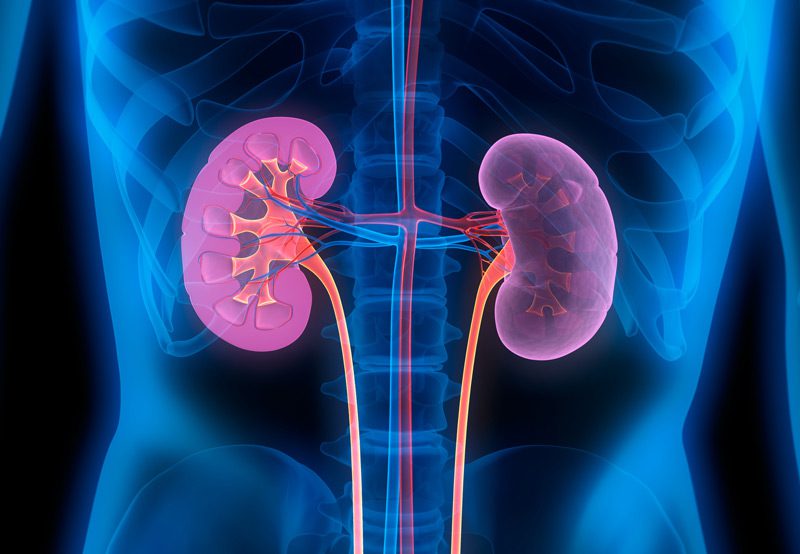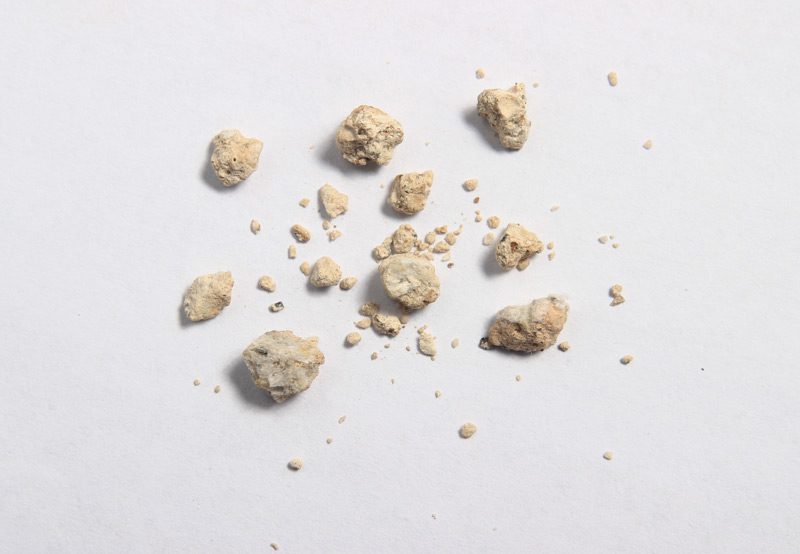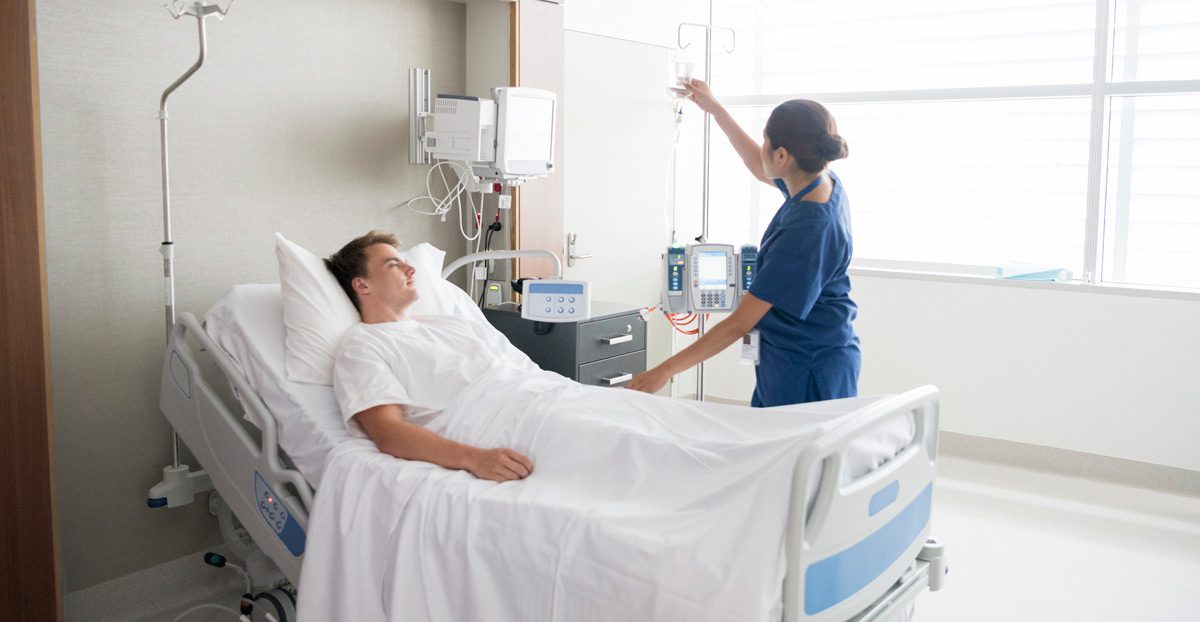

Laser kidney stone removal may be necessary for patients unable to naturally pass stones through urine. Kidney stones form when minerals crystallize in the kidneys and form solid deposits. Every part of the urinary tract may be affected by kidney stones, including the ureter, kidneys, and bladder. Smaller stones are able to pass spontaneously, while large ones may require medication.
Patients experiencing persistent and serious symptoms may need laser kidney stone removal treatment.
Laser removal is the optimal treatment option for obstructive and non-obstructive kidney stone disease, boasting the best overall stone clearance. Stones bigger than 2 cm typically require a second procedure.
Ureteroscopic Laser Lithotripsy Treatment
During laser lithotripsy, a laser fiber is used to break down large or irregularly-shaped kidney stones into smaller pieces. A stent may be placed in one of the patient’s ureters to widen the passageway. The patient will be under general anesthesia while the ureteroscope is passed through the urethra to access the kidney or ureteral stone(s).

Once the stone is located, a laser fiber is passed through the ureteroscope and once the laser is activated, it emits energy to fragment the stones into tiny pieces. A small basket will be used to collect the fragments of the stone as soon as it is broken up. If the fragments are as small as a grain of sand, they may be left to naturally pass through in the urine.
The smaller stones typically pass within 24 hours. Some patients may experience burning sensations when urinating for a few days after ureteroscopic laser treatment. However, drinking more water may help minimize this side effect
This procedure is effective for removing stones in any part of the ureter or kidney. However, a ureteroscopic laser procedure is commonly done to treat stones in the ureter, particularly in the lower half closest to the bladder.
The procedure may not be recommended for patients who are pregnant, taking blood thinners, or diagnosed with other health concerns. A ureteroscopy is an effective option for these patients.
For two to four weeks after the procedure, patients may need to avoid pushing, pulling, and heavy lifting. However, they will be able to return to work within one week, depending on their overall condition. Patients experiencing pain or showing signs of an infection will need to attend a follow-up appointment with their physician.
During a follow-up appointment, patients may undergo imaging tests to check for any remaining stones and to ensure the kidney is properly draining urine.

